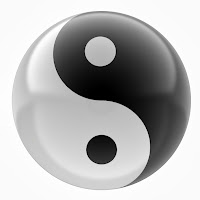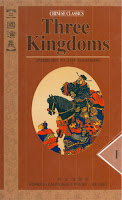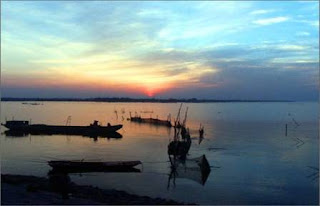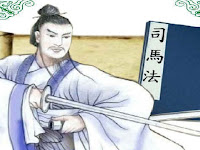
In my blog:
Virtue – Morality – Ethics and leadership I wrote that
virtue motivates and morals and ethics constrain. To support that statement here I’d like to describe virtue through Chinese ancient text ‘Dào DéJīng’.
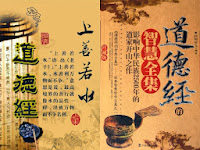
Dé is conventionally translated as ‘virtue’ or ‘power,’ and refers to how
the Way or Dào functions, or literally “walks” throughout the visible world. ‘
Moral authority’ is probably the closest modern English equivalent to Dé. It was an opening stanza in the oldest version of
Dào Dé Jīng, now it is introduced in stanza 38 that describes virtue:
High virtue by obliging not - acquires moral force.
Low virtue obliges always and thus lacks moral force.
High virtue neither strives nor acts for its own ends.
Low virtue does not strive but acts for its own ends.
High kindness does strive but not for its own ends.
High service also strives and does so for its ends.
High ritual not only strives but compliance failing stops at nothing to compel conformance.
Thus the loss of the Way meant the advent of virtue.
The loss of virtue, the advent of kindness.
The loss of kindness, the advent of service.
The loss of service, the advent of ritual rule.
Ritual rule turned loyal trust to deceit, leading to disorder.
All that has been learned adorns the Wayand engenders delusion.
Hence those strong and true keep commitment
shun deceit, stay with the kernel that’s real and shun flowery adornment, choosing the first, refusing the last. (Moss)














